Kubota diesel engine cylinder head is one of the most crucial components in the engine, and it undertakes many important functions. The following is an introduction to the basic characteristics of the Kubota diesel engine cylinder head:
Material
Kubota cylinder heads are typically made from high-strength aluminum alloys, a material that has excellent strength and corrosion resistance while being relatively lightweight, helping to reduce the overall weight of the engine. In addition, aluminum alloy also has good thermal conductivity, which helps to effectively dissipate heat and improve engine efficiency.
Manufacturing process
Kubota cylinder heads use advanced manufacturing processes, including casting, machining and precision machining. The casting process uses high-precision molds to ensure precise cylinder head geometry and dimensions. The subsequent machining and precision machining process ensures the smoothness and dimensional accuracy of the cylinder head surface to ensure accurate cooperation between the cylinder head and other engine components and avoid air leakage and sealing problems.
Applicable models
Kubota’s cylinder heads are suitable for a wide range of diesel engines, including those used in agriculture, industry, construction and transportation. Whether it’s a small farm tractor or a large construction machine, Kubota’s cylinder heads deliver reliable performance and durability.
In general, Kubota diesel engine cylinder head has become one of the preferred components in many engine applications due to its excellent materials, advanced manufacturing processes and wide range of applications.
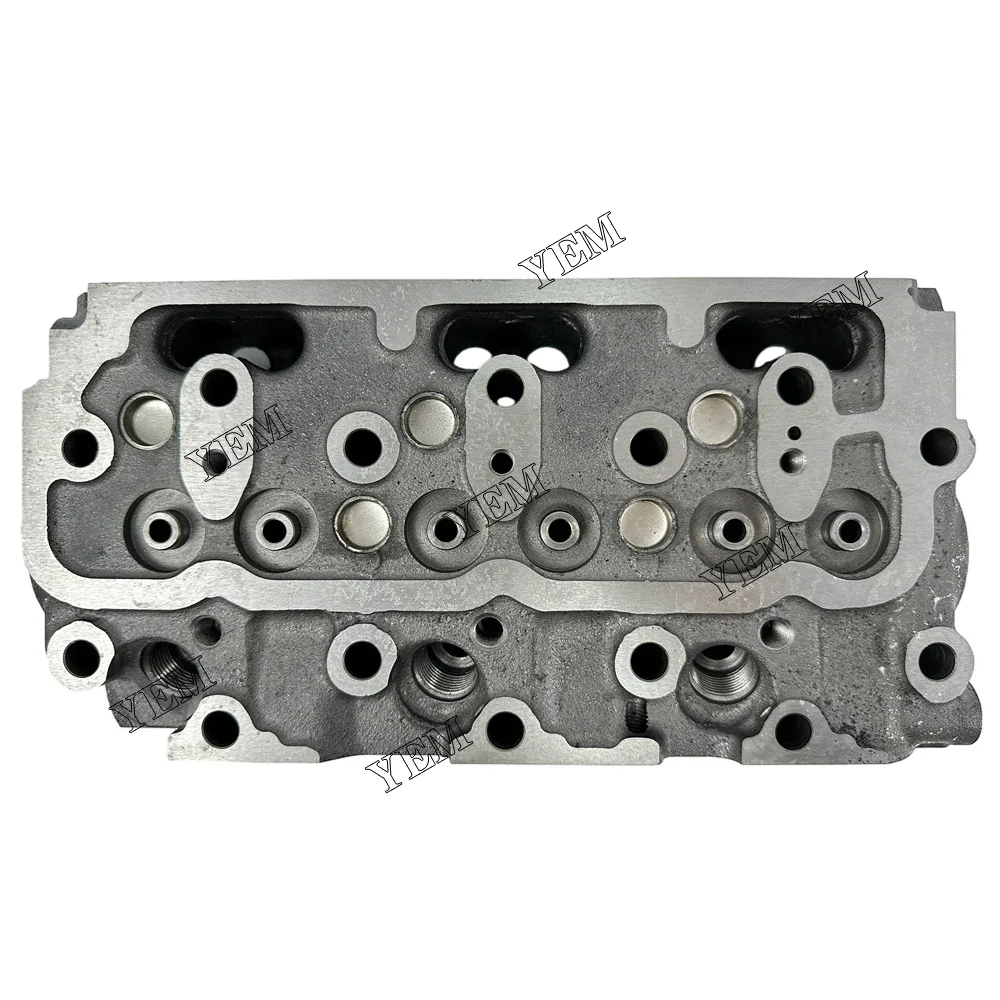
The cylinder head plays a vital role in a diesel engine and has several functions:
- Provide compression space: The cylinder head is located on the top of the cylinder of the engine, and combines with the cylinder block to form a compression space. During the compression stroke, the piston’s upward movement compresses air (and diesel fuel) into the cylinder head, thereby increasing the pressure of the fuel-air mixture, providing the necessary conditions for combustion.
- Guided intake and exhaust: The cylinder head is usually equipped with an intake passage and an exhaust passage, which are used to guide fresh air into the cylinder and discharge the burned exhaust gas. The intake port directs air into the cylinder to mix with fuel during the compression stroke, while the exhaust port directs the burned exhaust gases out of the engine.
- Heat dissipation: The cylinder head also plays a role in heat dissipation. When the engine is operating, the cylinder head will be affected by high temperatures and therefore needs to be effectively dissipated to maintain a proper operating temperature. Usually, the cylinder head is designed with good heat dissipation performance in mind to ensure that the engine does not overheat when running.
To sum up, the cylinder head in a diesel engine not only provides compression space, but is also responsible for guiding the intake and exhaust, and at the same time ensuring good heat dissipation performance. These functions together ensure the normal operation and efficient work of the engine.
As a key component of a diesel engine, the cylinder head may suffer from some common faults and problems. Here are some of them:
- Water leakage: Cylinder head leakage is a common problem, which may be caused by aging, damage of seals or loose fastening bolts. Solutions include replacing seals, retightening bolts, or repairing leaks.
- Wear: After long-term use, the cylinder head surface may show wear, especially in the contact area between the piston ring and the cylinder wall. This can result in insufficient compression or incomplete combustion. Solutions include grinding, smoothing or replacing the cylinder head.
- Cracks: In high-temperature and high-pressure working environments, cracks may appear in the cylinder head, especially if it is aged or neglected to maintain. Solutions may include welding repairs to the cracks or replacing the entire cylinder head.
- Cylinder head deformation: The cylinder head may be deformed due to excessive heating during operation, resulting in reduced sealing performance or failure. Solutions may include correcting, grinding, or replacing the cylinder head.
- Valve failure: The intake and exhaust valves on the cylinder head may have problems such as poor sealing, loose or bent springs, etc., resulting in reduced engine performance. Solutions may include adjusting valve clearance, replacing the valve or valve seat, etc.
For these common problems, timely inspection, maintenance and repair are key. Regularly checking the condition of the cylinder head and taking necessary measures can ensure the normal operation and long-term reliability of the engine.
Maintaining good cylinder head performance is key to ensuring proper operation of a diesel engine and extending its service life. Here are some ways to keep your cylinder head performing well:
- Regular Inspection: Regularly check the appearance and surface of the cylinder head for cracks, signs of water leakage or other abnormalities. Through regular inspections, potential problems can be discovered in time and measures can be taken to solve them.
- CLEAN: It is important to keep the cylinder head clean. Accumulated dirt and oil can impair cooling and even lead to heat buildup and overheating. Clean the cylinder head surface regularly and make sure the surrounding radiator passages are clear.
- Tightening bolts: Regularly check whether the bolts on the cylinder head are tight. Loose bolts may cause the seal between the cylinder head and cylinder block to fail, causing air or water leakage. Make sure all bolts are within the correct torque range.
- Replace Seals: The seals on the cylinder head, such as the valve cover gasket and cylinder head gasket, will age or become damaged over time. Regular replacement of these seals can ensure the sealing performance of the cylinder head and prevent water and air leakage.
- Regular maintenance: Carry out regular engine maintenance, including replacing engine oil, filters, coolant, etc. Good engine maintenance reduces the risk of cylinder head damage and ensures long-term stable operation.
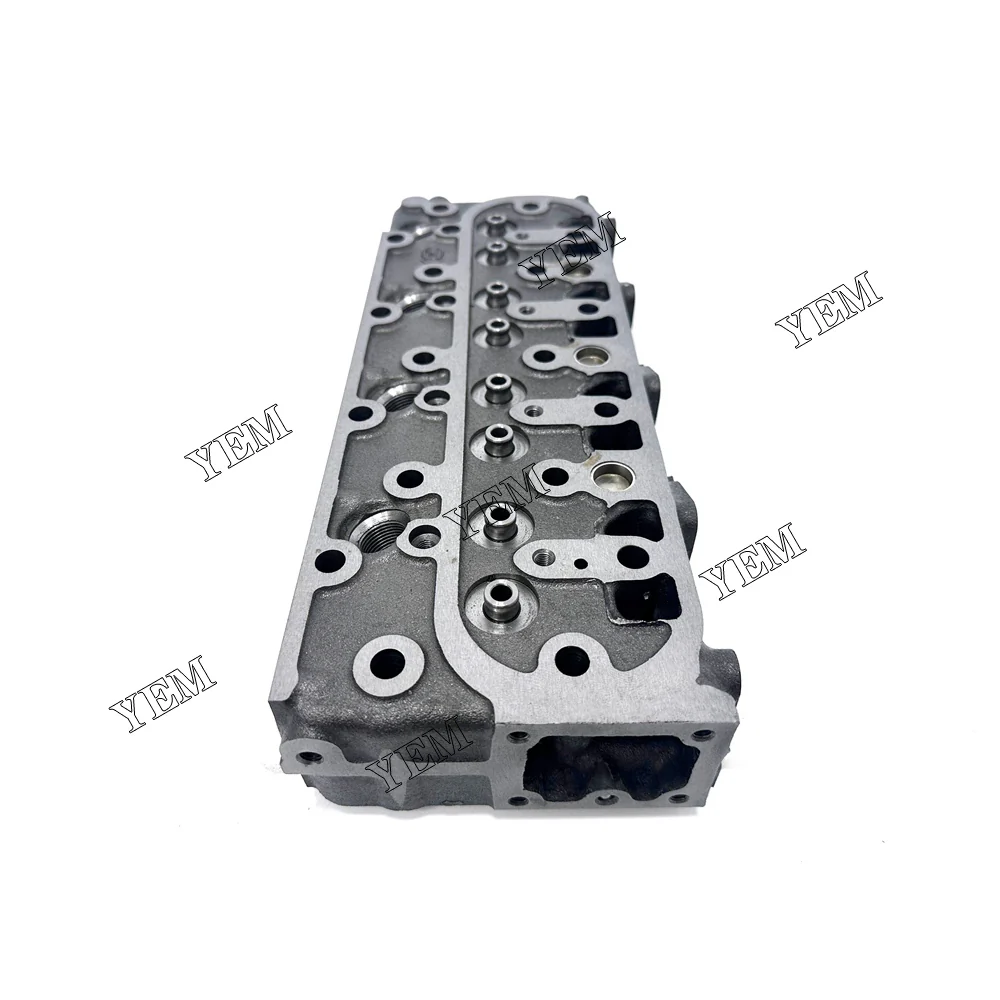
Through the above methods, the performance of the cylinder head can be effectively maintained and its service life can be extended, while ensuring the efficient operation and reliability of the diesel engine.
Properly selecting the correct cylinder head for your vehicle is an important step in ensuring engine performance and reliability. The following are some methods to guide consumers in the correct selection of cylinder heads:
- Understand vehicle needs: First of all, consumers should understand the specific needs of their vehicles, including car models, engine models, and possible special requirements. Different models and engines may require different types or specifications of cylinder heads.
- Find adaptation information: Consumers can find adapted cylinder head information through the information provided by the automobile manufacturer or in relevant information on the market. This information usually includes the cylinder head model, specifications, applicable models, etc.
- Consider quality and brand reputation: When choosing a cylinder head, consumers should consider its quality and brand reputation. High-quality cylinder heads usually use high-quality materials and manufacturing processes, and have high reliability and durability. Consumers can ensure product quality by reading product reviews, consulting professionals, or choosing reputable brands.
- Price & Budget: Cylinder head prices vary based on brand, quality and model. Consumers should reasonably evaluate the relationship between price and performance based on their own budget and needs, and choose products with higher price ratios.
- Seek professional advice: If consumers are unsure about choosing a cylinder head, they can consult a professional car repairman or engine technical expert. They can provide targeted advice based on the specific circumstances and needs of the vehicle and help consumers make the right choice.
- Consider market guarantee: When choosing a cylinder head, consumers should also consider the after-sales service and guarantee on the market. Choose a supplier or brand that has a complete after-sales service system and provides warranty and support to ensure that you can receive timely support and repair services during use.
To sum up, when choosing a cylinder head suitable for a vehicle, consumers need to consider vehicle demand, quality, price, brand reputation, market guarantee and other factors, and can seek professional advice to make a wise choice.
Removing and installing a cylinder head is a complex job that requires special attention to safety and detail. Here are the steps and things to note for safely removing and installing a cylinder head:
Disassembly steps:
- Preparation:
- Make sure the vehicle is in a safe position and disconnect the negative battery terminal.
- Liquid-cooled engines need to wait to cool down to avoid burns.
- Have the required tools and spare parts ready.
- Remove other components:
- Remove the intake pipe, exhaust pipe, wiring and other components connected to the cylinder head.
- Clean the work area to prevent dust and debris from getting inside the engine.
- Remove the cylinder head bolts:
- Remove the cylinder head bolts step by step in the correct sequence and torque according to the manufacturer’s instructions.
- Take care to mark or record the location and length of each bolt so that it can be reinstalled in the correct order and location during installation.
- Remove the cylinder head:
- Carefully remove the cylinder head from the cylinder block, making sure not to damage the surface or sealing surfaces.
- Cleaning and Inspection:
- Clean the contact surfaces of the cylinder head and cylinder block to ensure a good seal.
- Inspect the cylinder head and cylinder block for cracks, wear or other damage.
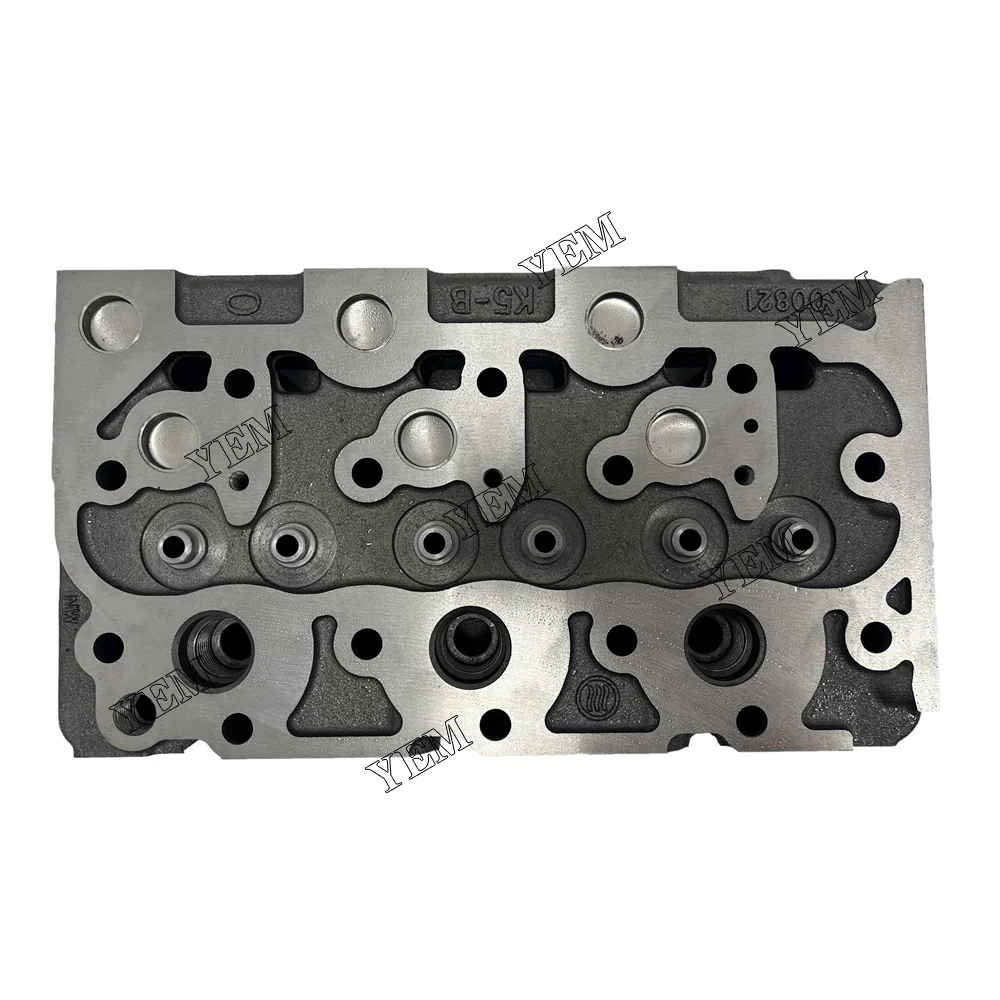
Installation steps:
- Preparation:
- Inspect the new cylinder head and seals to make sure they meet requirements and are not damaged.
- Have the required installation tools and lubricant ready.
- Install the cylinder head:
- Install the new seal onto the cylinder block, ensuring accurate positioning and applying the appropriate amount of lubricant.
- Carefully place the cylinder head onto the cylinder block, making sure all attachment points are properly aligned.
- Install cylinder head bolts:
- Install the cylinder head bolts step by step in the order and torque values specified by the manufacturer.
- Make sure each bolt is installed correctly and tightened to the specified torque value.
- Connect other components:
- Reinstall the intake pipe, exhaust pipe, wiring and other components connected to the cylinder head.
- Test and Tune:
- After reinstalling all parts, make any necessary tests and adjustments to make sure everything is working properly.
- Check for signs of water or air leaks and adjust if necessary.
Precautions:
- SAFETY FIRST: Always wear personal protective equipment such as gloves, goggles and earplugs when performing removal and installation work.
- Operate as specified: Strictly follow the manufacturer’s instructions and regulations to avoid errors or damage.
- Avoid excessive torque: When tightening bolts, make sure not to use excessive torque to avoid damaging the bolts or causing deformation of the cylinder head.
- Operate carefully: During disassembly and installation, operate carefully to avoid damaging the cylinder head and other components.
- CHECK DETAILS: After completing the installation, carefully inspect all connections and components to make sure everything is installed correctly and tight.
Following the above steps and precautions can ensure the safe disassembly and installation process of the cylinder head and ensure efficient and safe work. If you are unsure, it is recommended to seek professional help.
Customer support channels:
- Official website: Most automobile manufacturers and parts suppliers provide official websites, which usually have online customer support services, including technical documentation, FAQs, and online consultation.
- Customer Service Hotline: Consumers can get immediate technical support and answer questions by calling the customer service hotline of the automobile manufacturer or parts supplier.
- Online Forums and Communities: Car enthusiast communities and repair forums are valuable resources where consumers can share questions, exchange experiences, and get repair advice on cylinder heads and other automotive components.
- Professional repair services: For consumers who cannot solve technical problems by themselves, seeking professional car repair services is a good choice. Auto repair shops and dealers offer professional repairs and technical support.
Repair and troubleshooting suggestions:
- Clearly describe the problem: When asking questions to customer service or the community, describe the problem encountered in as much detail as possible, including car model, engine model, specific symptoms of the problem, etc. This will help others understand more accurately and provide solutions.
- Check Documentation and Information: Consumers should consult relevant vehicle owner’s manuals, technical manuals and online resources to obtain basic knowledge about cylinder head repair and troubleshooting.
- Search for existing solutions: Before asking a question, you can search for similar questions on forums, communities or official websites to see if there are any solutions or suggestions that have been provided.
- Seek Expert Opinion: If the problem is complex or requires specialized knowledge, it is recommended to seek the advice of an automotive repair expert or technician. They usually have extensive experience and expertise and can provide more accurate solutions.
- Be patient and communicate: In the process of solving technical problems, you may need to try multiple methods and solutions. Be patient, maintain good communication with those providing help, and provide timely feedback on the progress and results of the problem.
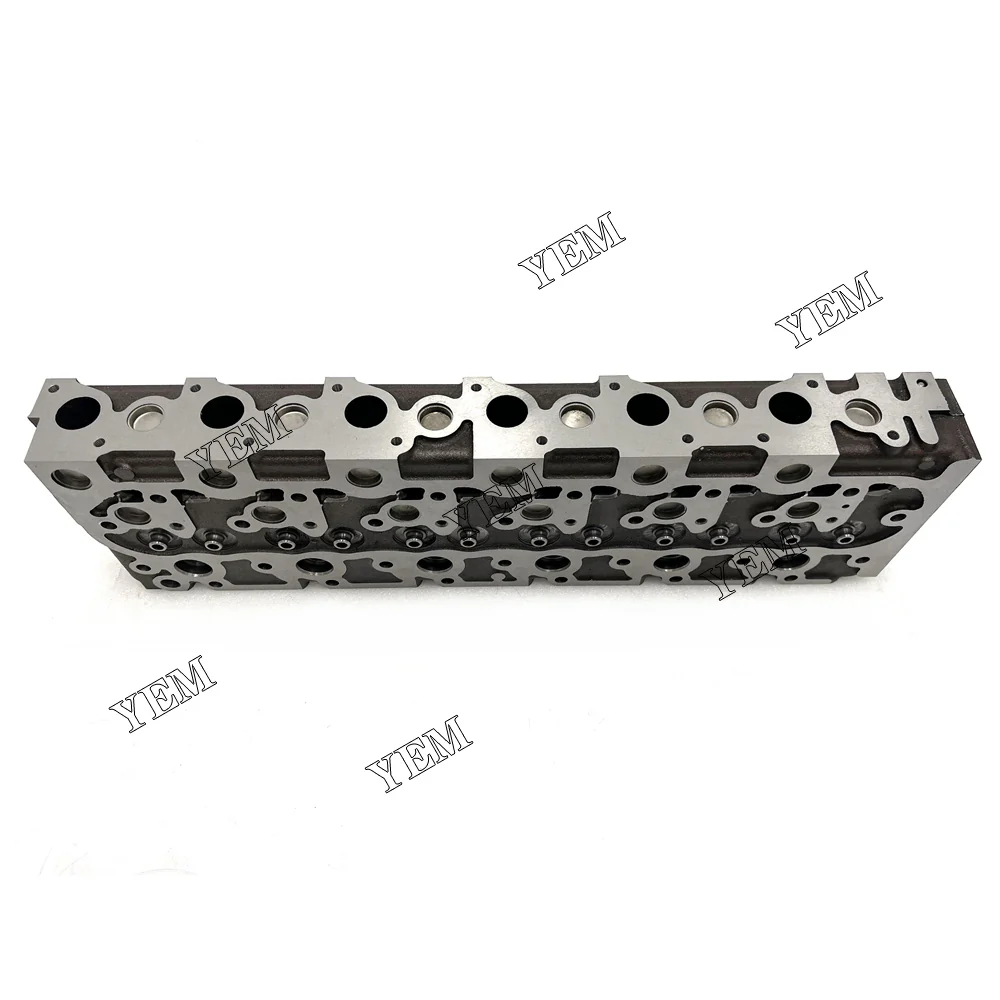
By utilizing the above customer support channels and repair suggestions, consumers can more effectively solve technical problems related to the cylinder head and ensure the normal operation and safety of the vehicle.
As of my last update date (January 2022), Kubota is a well-known manufacturer of construction machinery and agricultural machinery, and its products include engines and components covering multiple fields. The following is an overview of some possible features, benefits and updates and improvements of Kubota’s latest cylinder head products, but please note that specific product features may change over time, and it is recommended that you refer to Kubota’s official channels for the latest information:
Features and advantages:
- High Quality Manufacturing: Kubota cylinder head products are famous for their exquisite manufacturing technology and high-quality materials, ensuring product durability and reliability.
- Design Optimization: Kubota continuously optimizes the design of the cylinder head to improve engine performance and efficiency while reducing fuel consumption and emissions.
- Durability: Kubota cylinder heads have been rigorously tested and verified to have excellent durability and can operate stably for a long time under various working conditions.
- Performance Advantages: Kubota cylinder head products have excellent heat conduction performance and exhaust efficiency, which help improve the engine’s power output and combustion efficiency.
- Compatibility: Kubota’s cylinder head products generally have good compatibility and can be matched with a variety of engine models and application fields to meet the needs of different users.
Possible updates or improvements:
- Materials and manufacturing processes: Kubota may improve the quality and performance of cylinder head products by using advanced materials and manufacturing processes, such as using lighter and stronger materials, optimizing casting processes, etc.
- Design Optimization: Further design optimization may be carried out in terms of fluidity, thermal management and structural strength of the cylinder head to improve the overall performance and reliability of the engine.
- Environmental performance: With the continuous improvement of emission standards, Kubota may update cylinder head products to meet more stringent environmental requirements, reduce emissions and improve fuel efficiency.
- Intelligent and digital: Kubota may add intelligent and digital technologies, such as sensors and control systems, to achieve real-time monitoring and adjustment of engine performance and health status.
- Service and Support: In addition to improvements to the product itself, Kubota may also strengthen customer service and support, including providing more timely technical support, training and after-sales service to ensure customer satisfaction with the product. and trustworthiness.
To sum up, Kubota’s latest cylinder head products may have high-quality manufacturing, optimized design, and excellent performance advantages, and may meet market demand and technology through updates and improvements in materials, manufacturing processes, environmental performance, intelligence, etc. development requirements. It is recommended that you follow Kubota official channels to obtain the latest product information and technical updates.
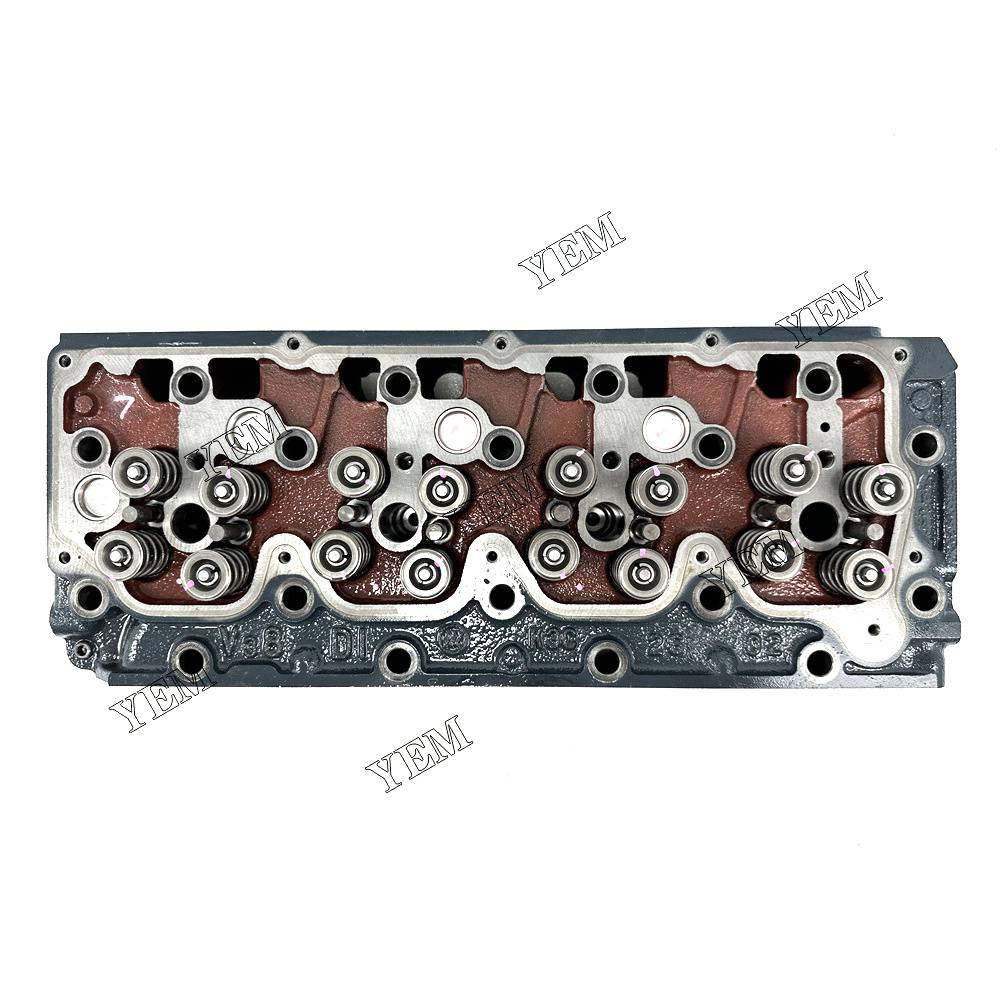
Contact us
YEM Excavator Parts Team is a dedicated and experienced team that specializes in quality parts for excavators. With our extensive knowledge and expertise in this industry, we offer a wide range of parts to meet the needs of different customers.
Our products cover all kinds of excavator parts, including hydraulic system, engine parts, chassis parts and so on. We take pride in sourcing our parts from reliable manufacturers, ensuring that each component meets the highest standards of quality and durability.
What sets us apart is our unwavering commitment to exceptional customer service. We understand the importance of timely support and our team is always available to respond to inquiries and requests in a timely manner. Our knowledgeable staff is on hand to help customers identify the correct parts for their particular excavator model and provide detailed installation and maintenance instructions.
To get in touch with our dedicated excavator parts team, feel free to contact us via our website, email or phone. We are committed to building long-term relationships with our customers and eagerly look forward to assisting you with all of your excavator parts needs.
